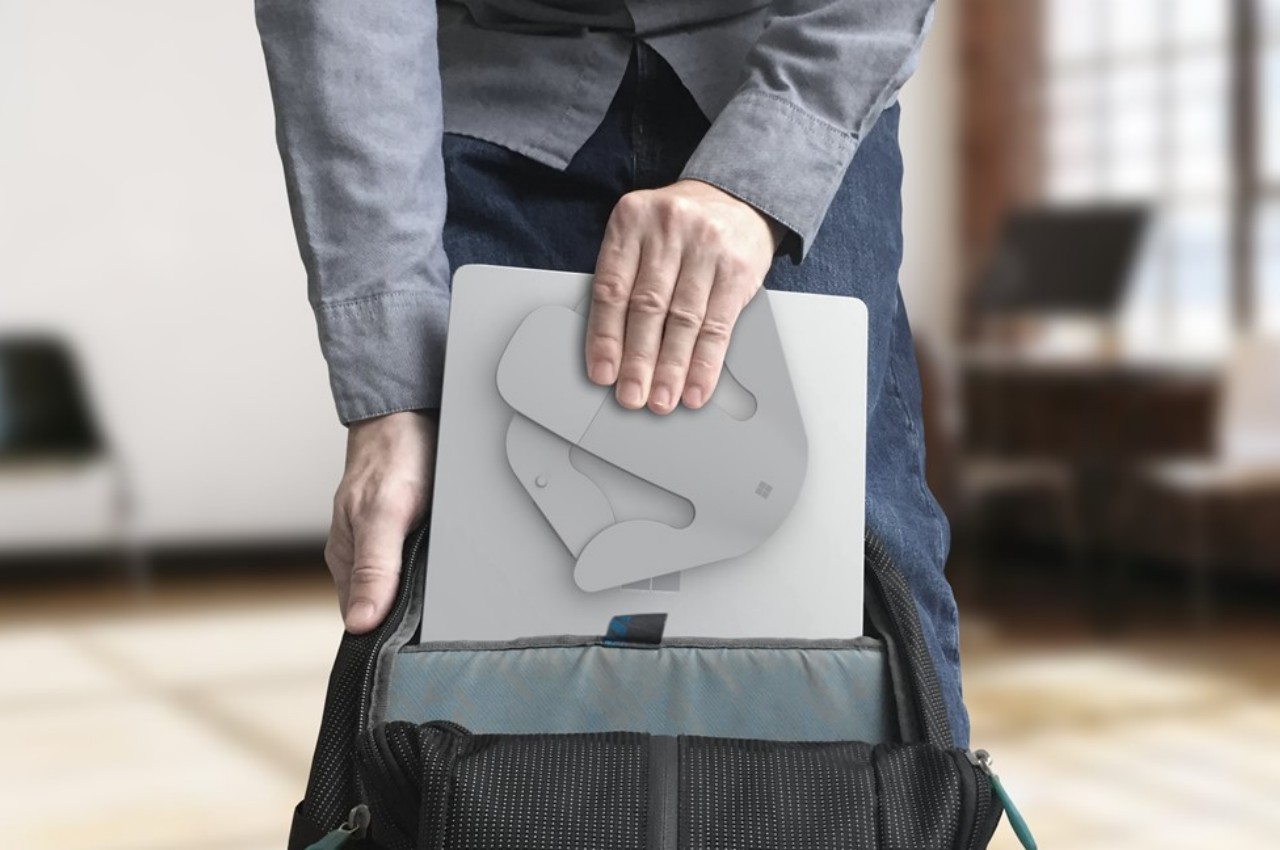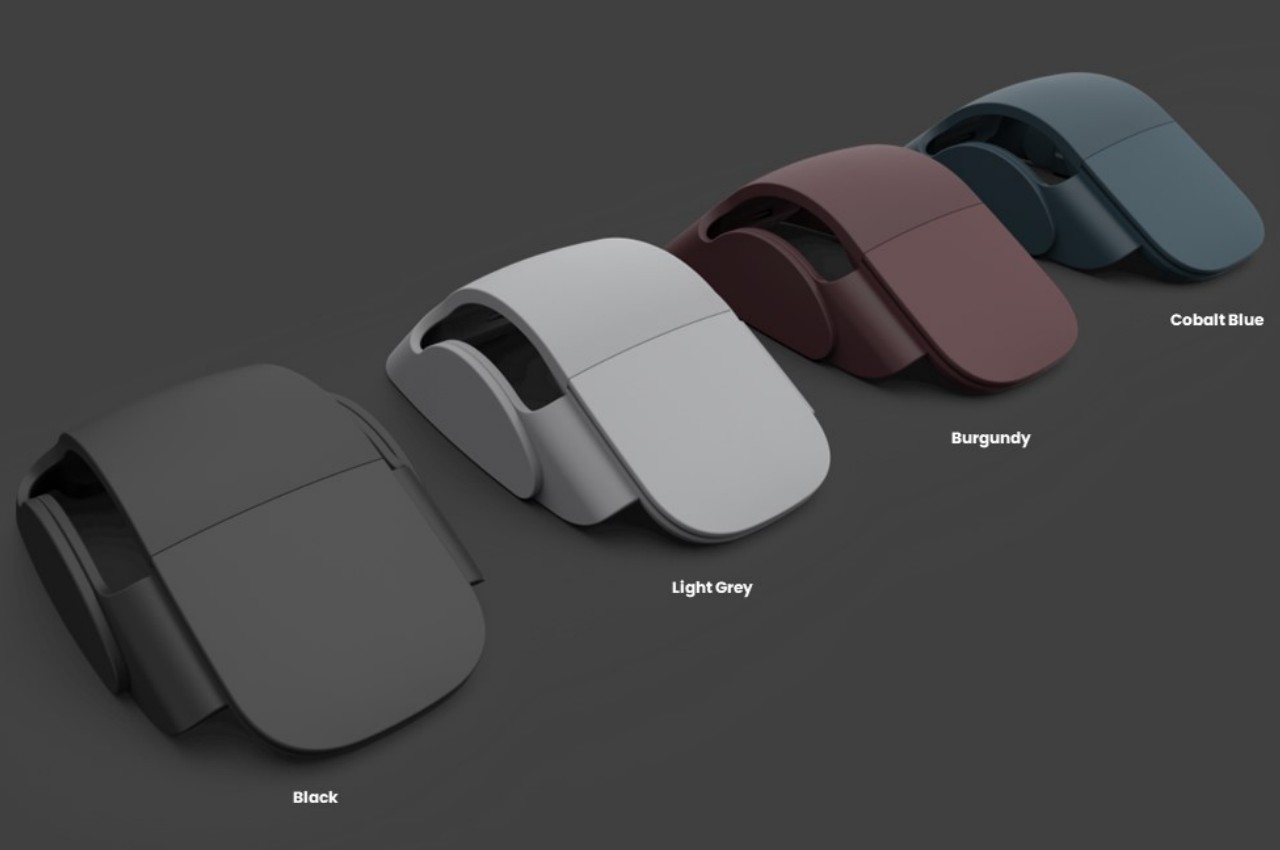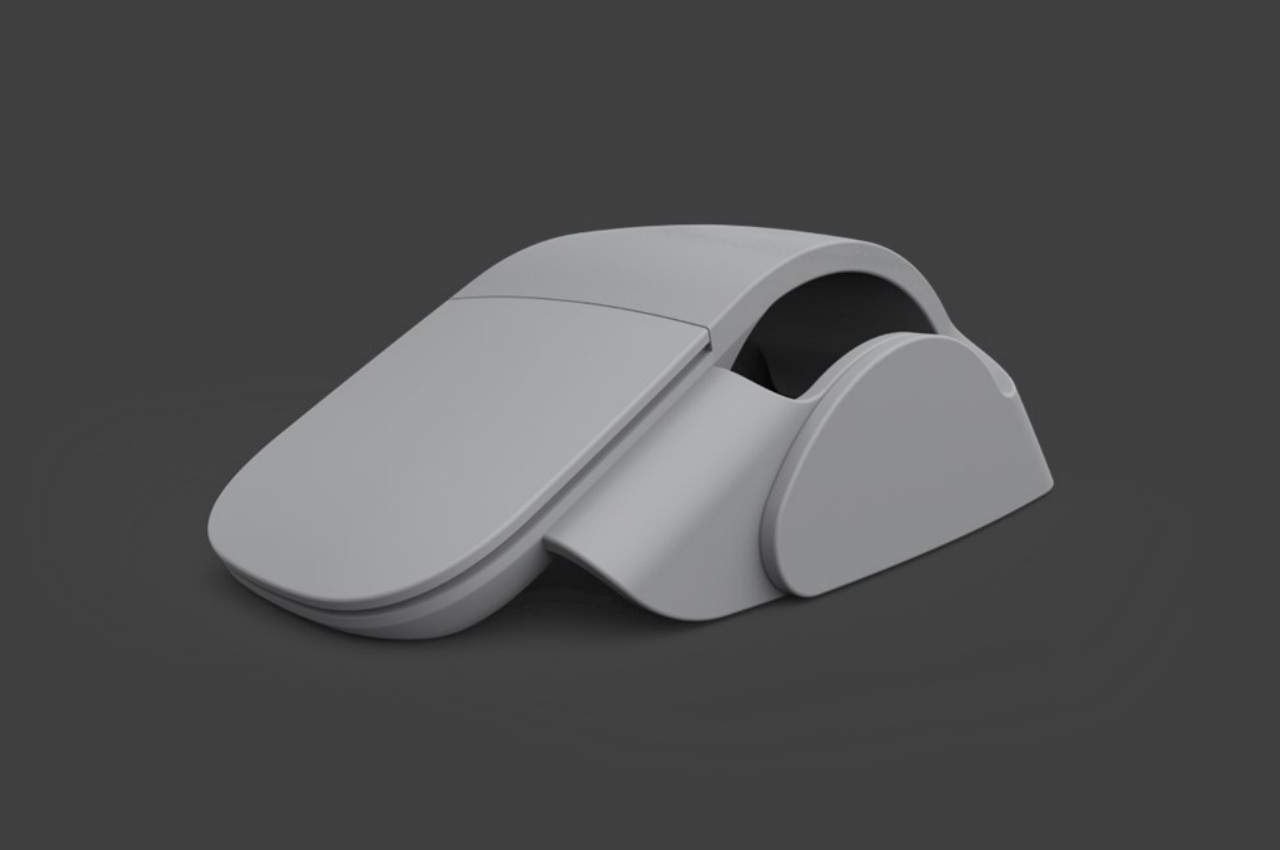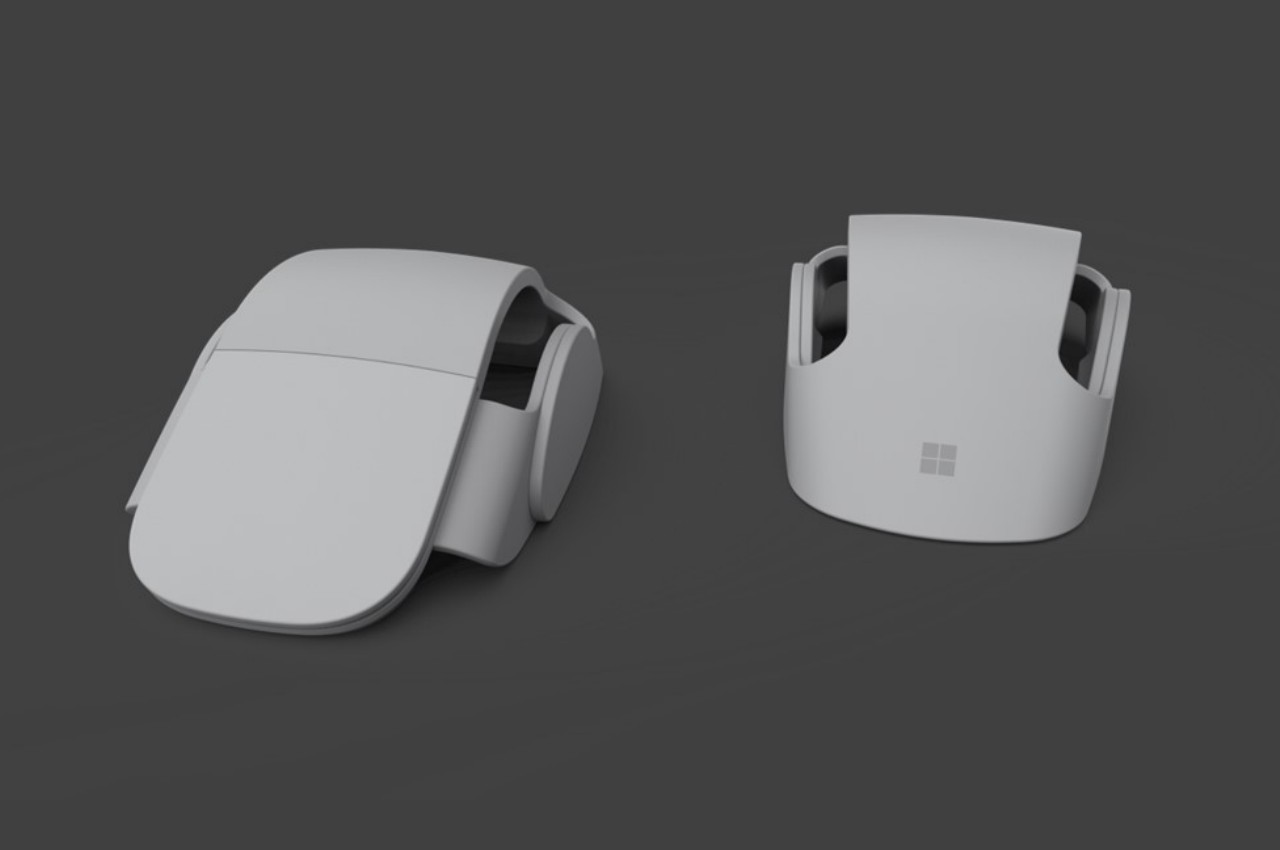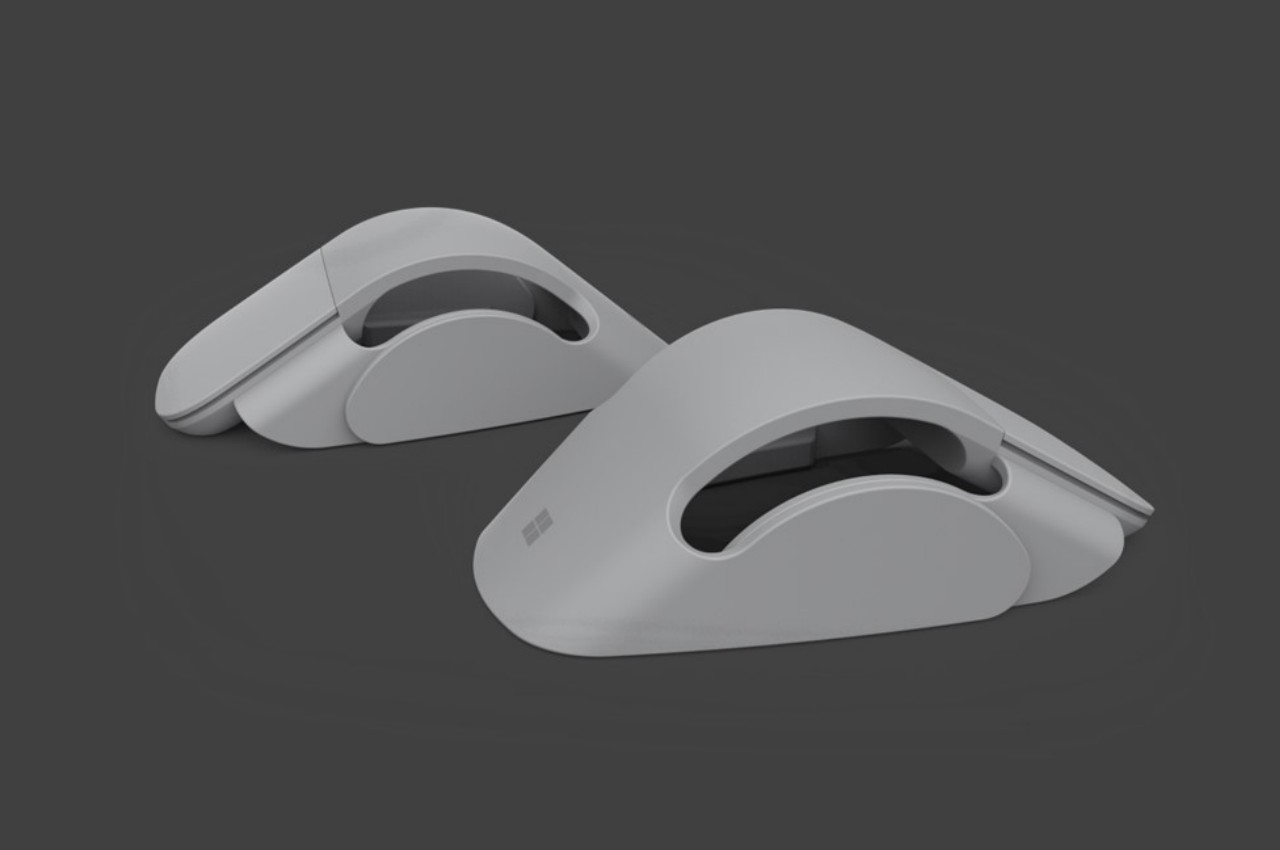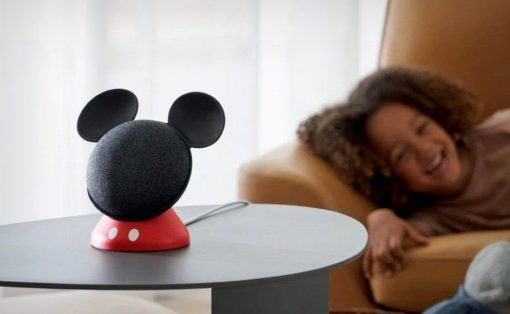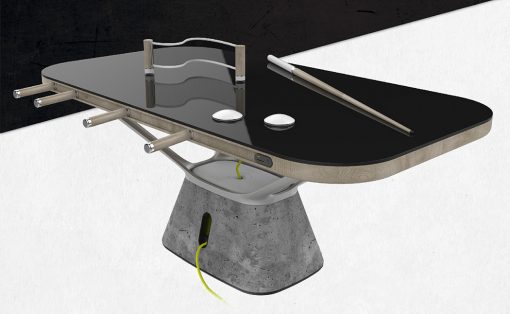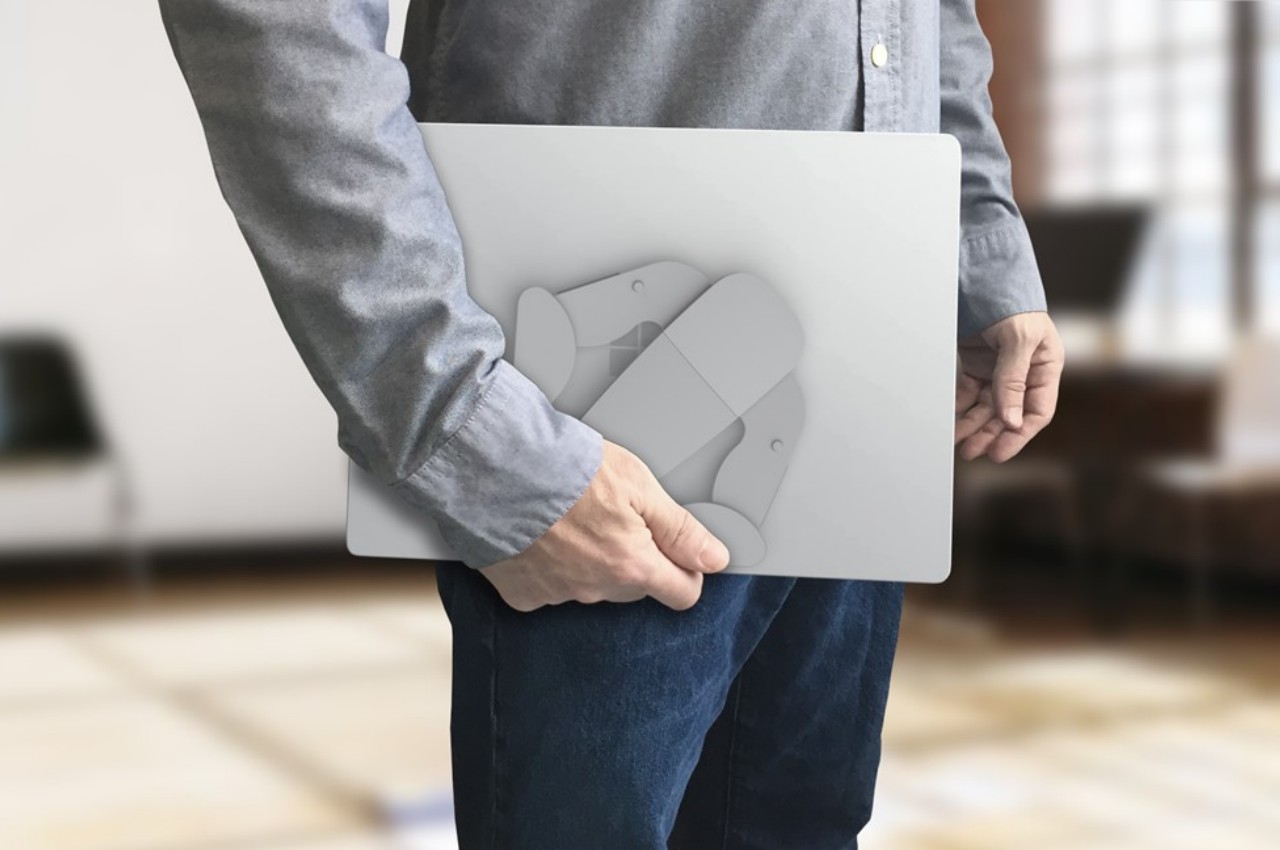
Despite being the most popular pointing device for computers, the venerable mouse is filled with design problems that have never completely disappeared. Common mouse designs favor right-handed users, force people to choose between ergonomics and portability, and are often unattractive to behold. There has been a rash of concept designs recently that try to rethink the mouse from an ergonomic angle, and these often end up looking a bit alien and confined to be used on desks only. It’s almost as if there’s no way to combine all these great ideas together, which is what this particular design tries to disprove by reworking two of Microsoft’s most famous mice into something that could be used and enjoyed by almost everyone.
Designer: Carl Betterley
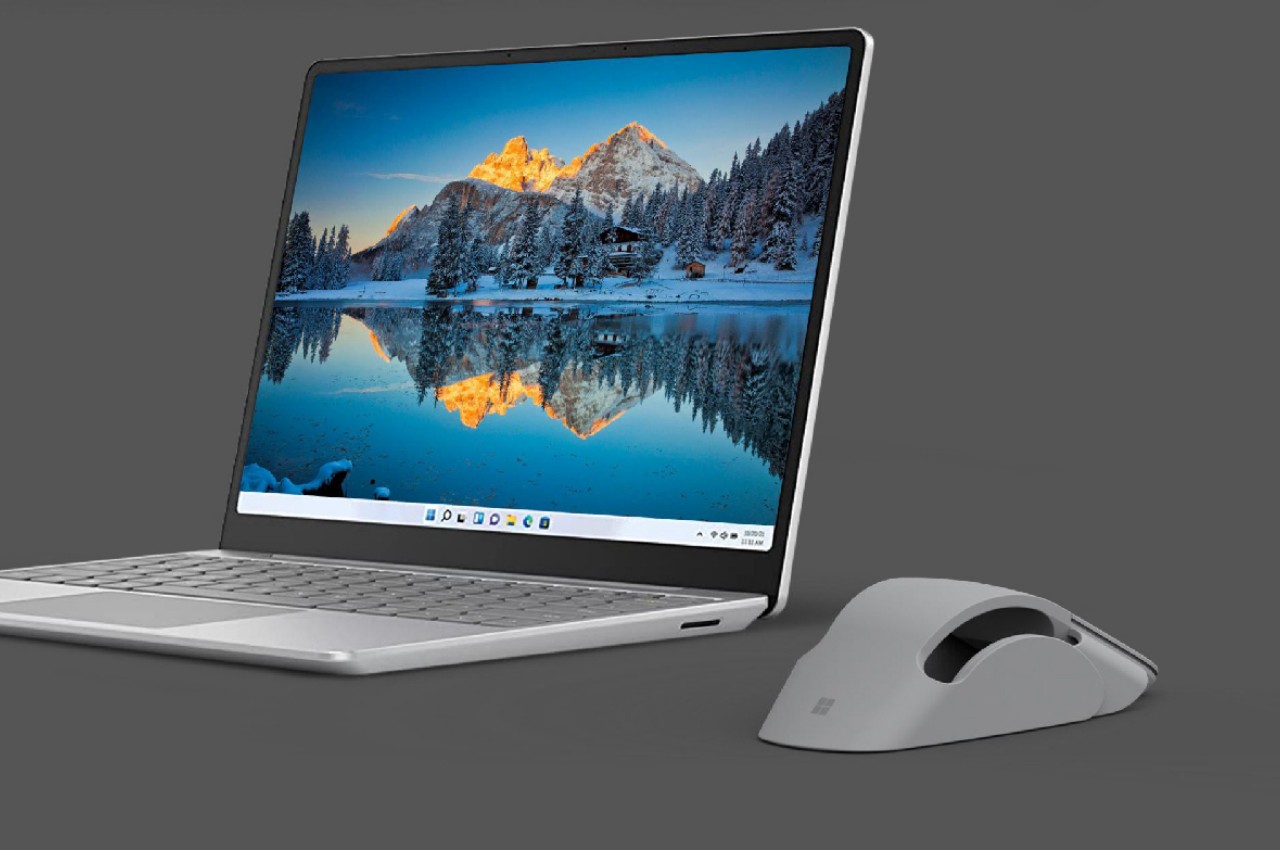
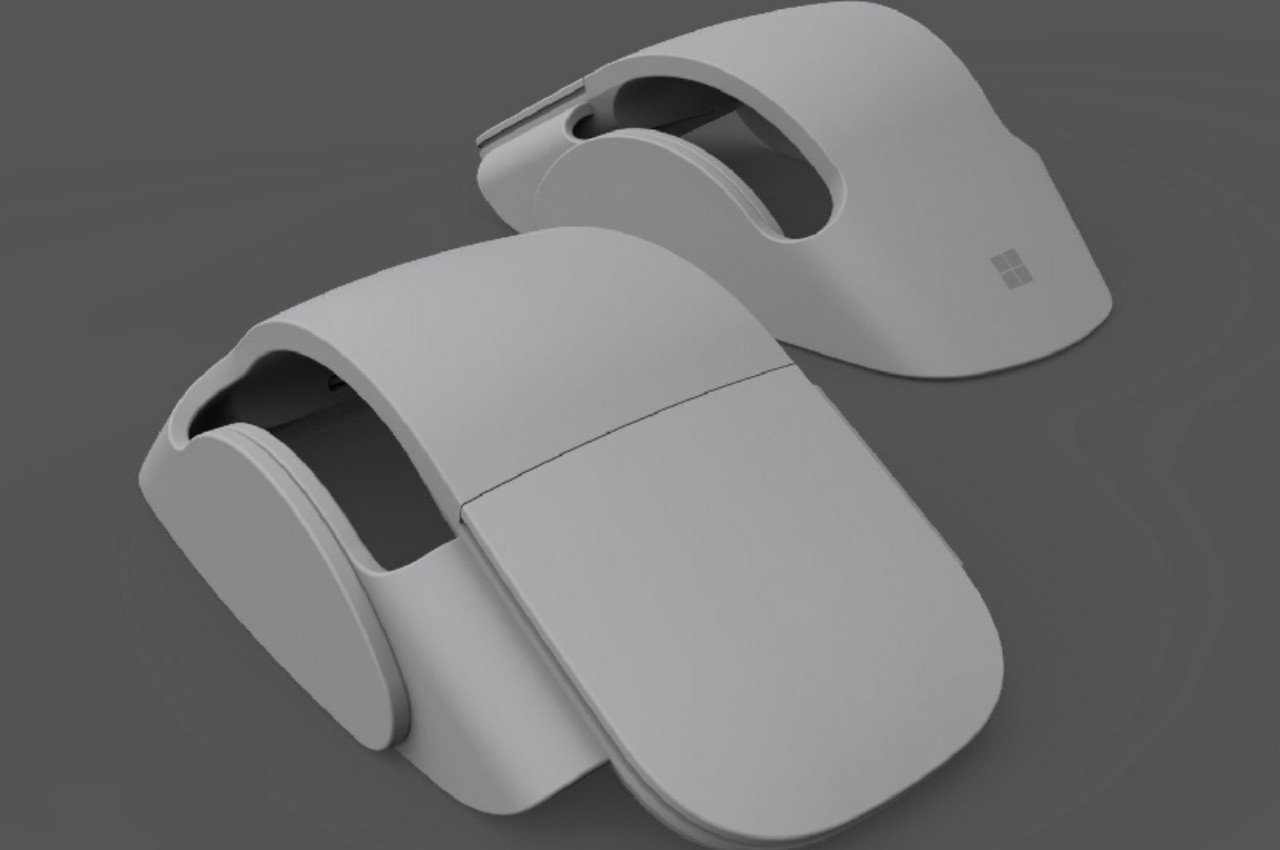
Microsoft has two kinds of computer mice that have become quite popular for almost opposite reasons. The older Arc mouse has a quirky shape that prioritized portability by folding flat when not in use. Unfortunately, this design limited the mouse to a narrow, almost rectangular shape that is practically uncomfortable, especially after long hours of work. The newer Surface mouse, on the other hand, has a fuller and more ergonomic shape but isn’t easy to stow inside bags because of its bulkier form. Combining these two contrasting sets of properties is one of the biggest design challenges for mice, and the Form Travel concept solves it in a rather interesting manner.
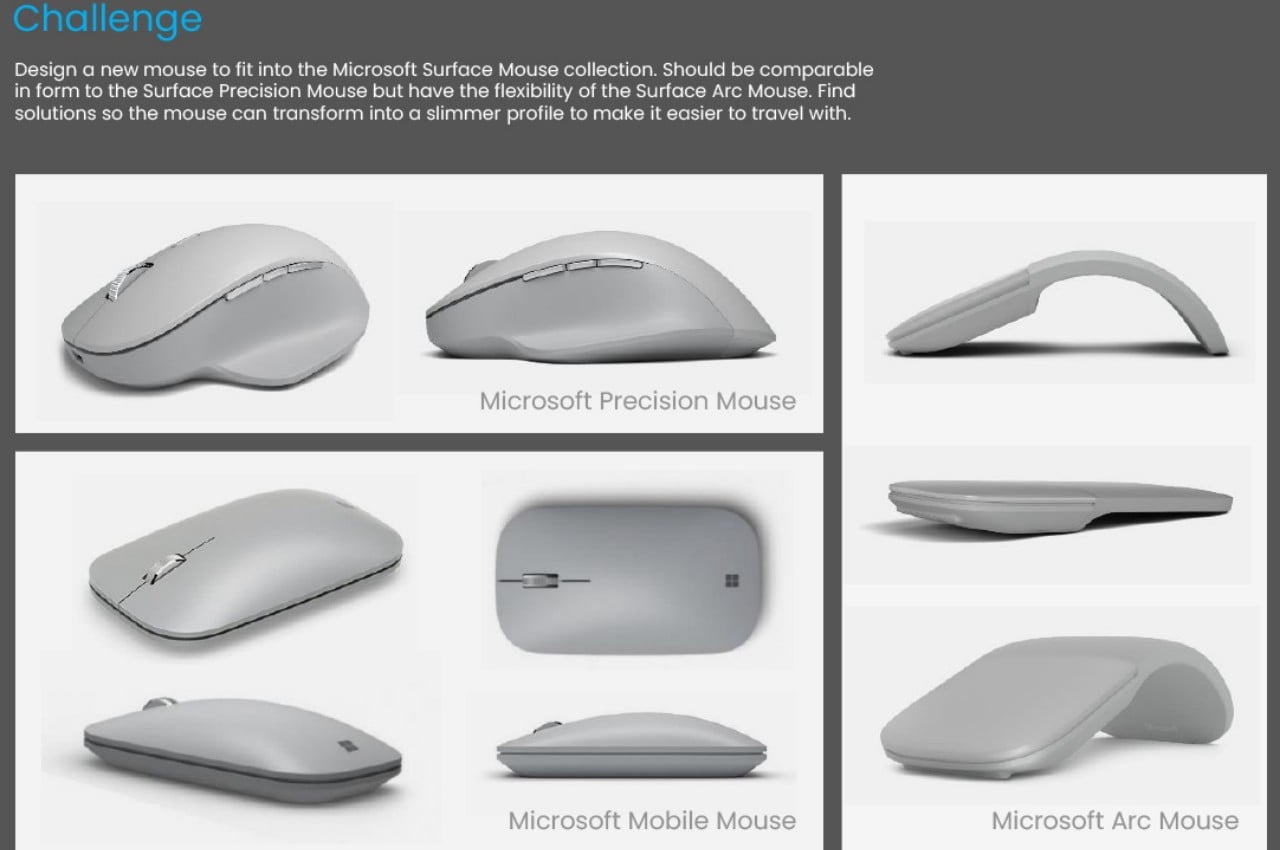
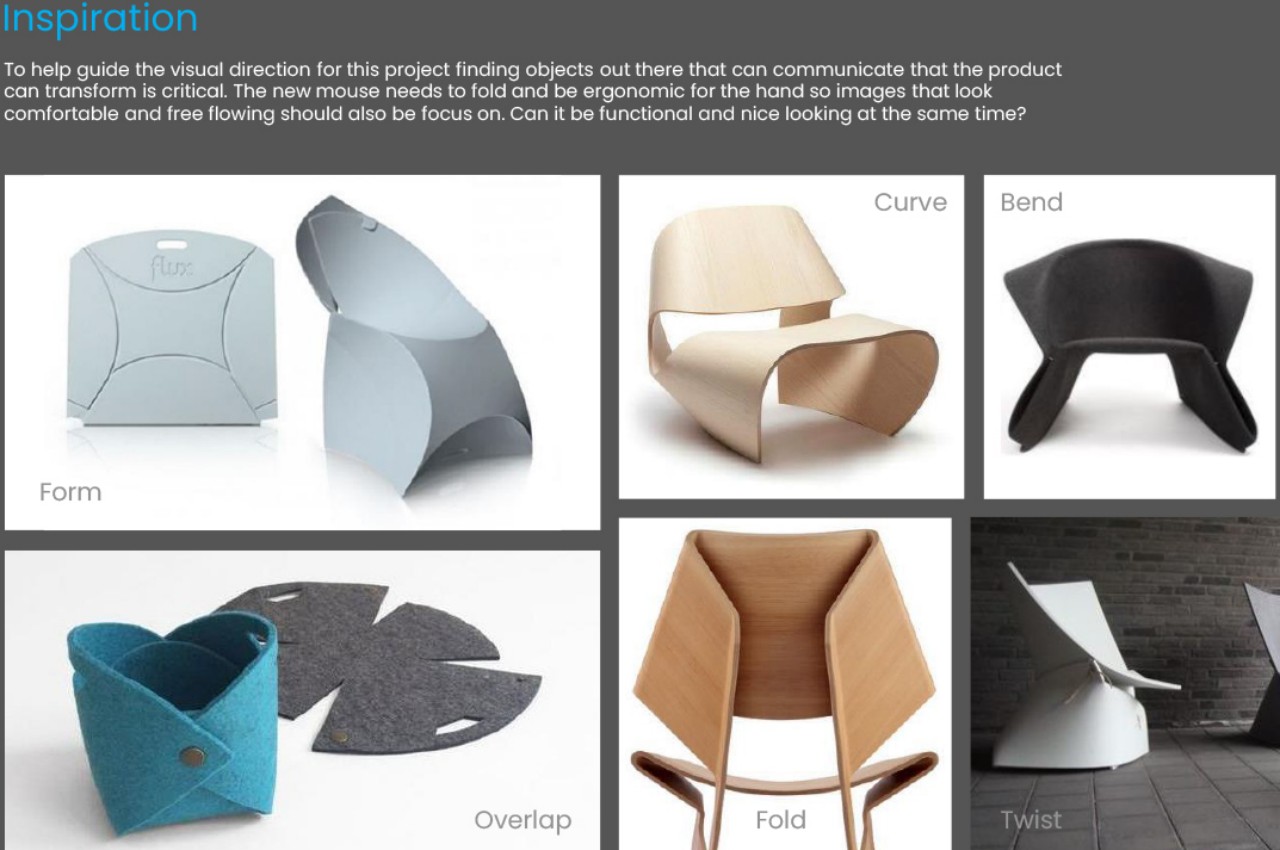
On the one hand, the mouse takes inspiration from the Microsoft Arc, with a core shape that is rectangular and flat. Like the Arc, it folds into a curved form when it needs to be used so that it can remain flat and space-efficient when it’s time to slip it inside a bag or briefcase. Unlike the Arc, however, it has a wider shape when, thanks to “wings” that fold to the side and are kept in place with magnets, giving your entire palm and fingers a place to rest.
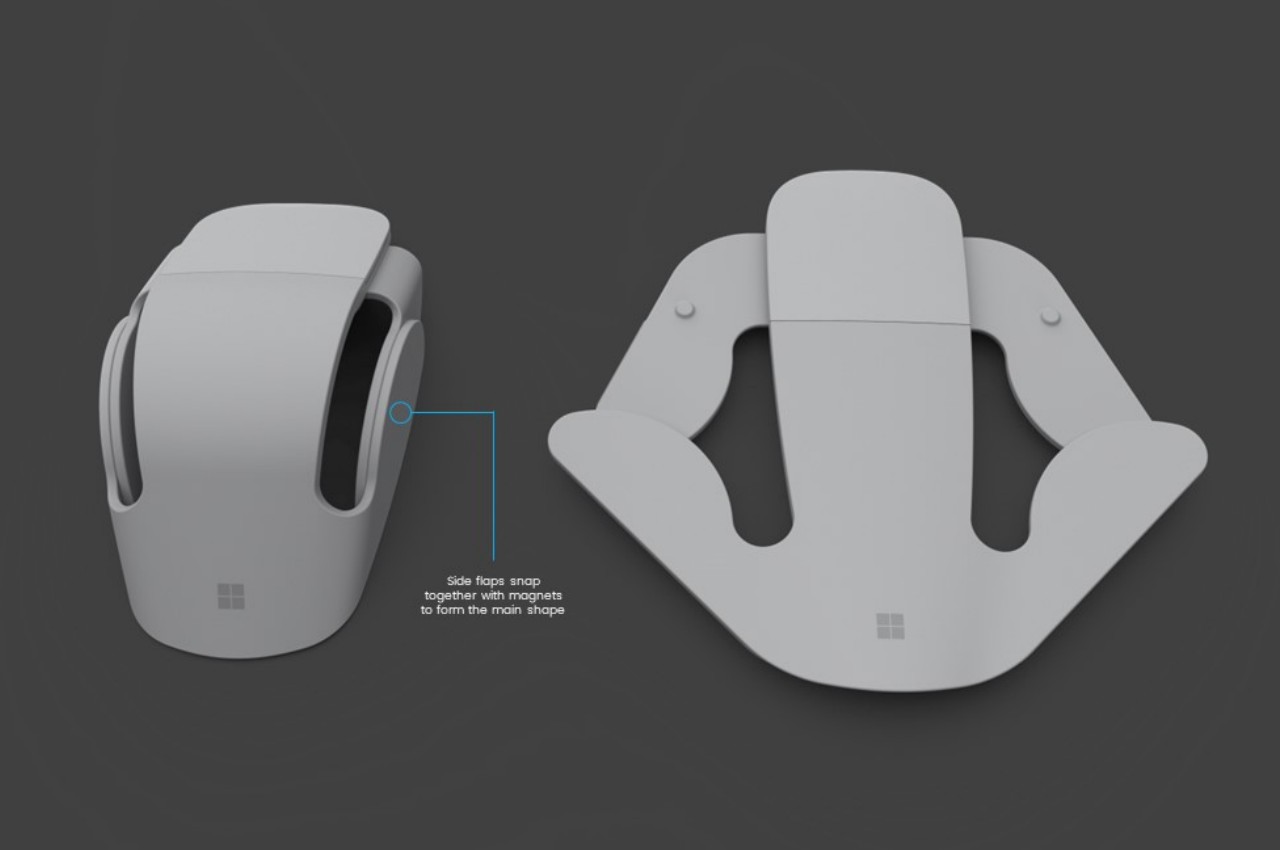
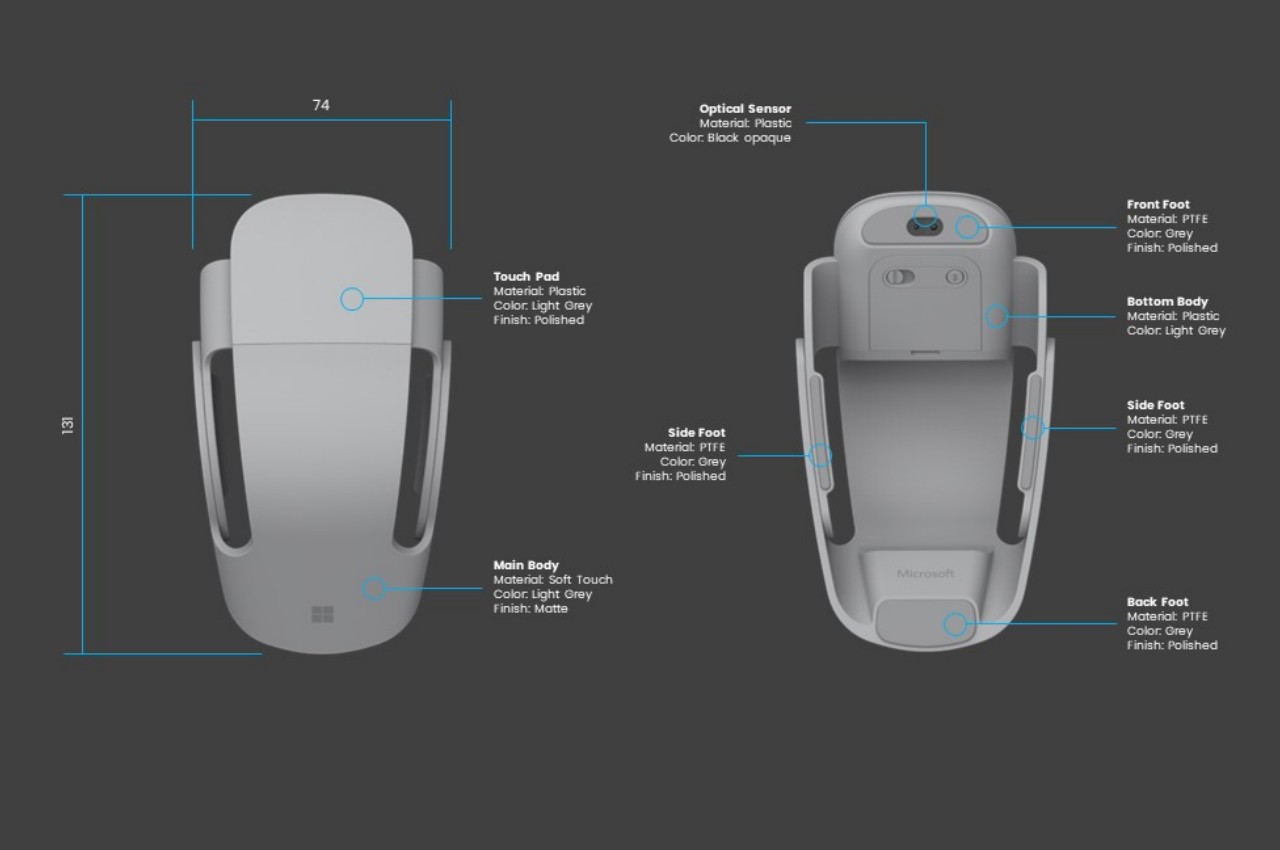
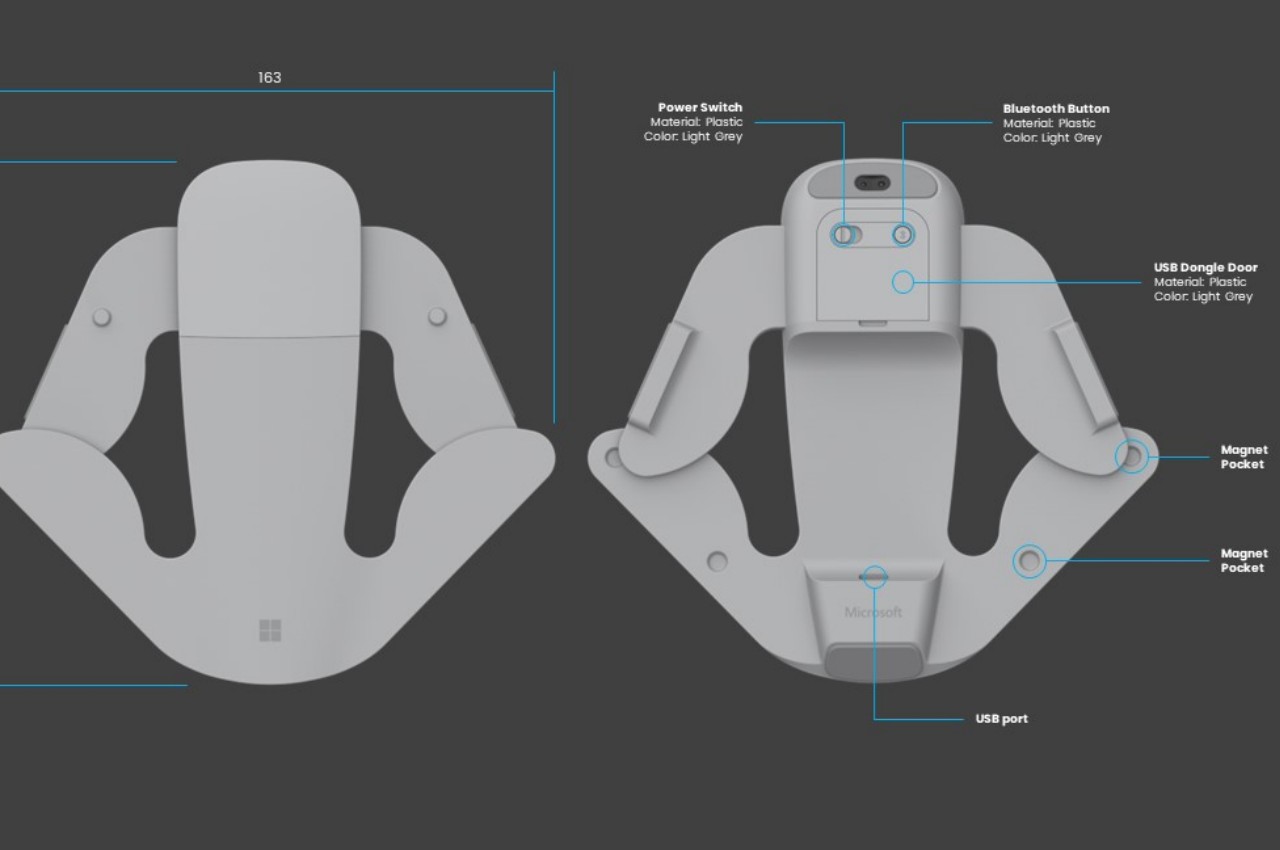
This rather peculiar shape, which looks like a manta ray when unfolded and laid flat, also carries over one other benefit of Microsoft’s current mice. It can easily be used in either hand, with no predisposition for right or left hands. The “head” of the mouse is completely flat as well and uses gestures to implement clicking and scroll wheel actions. It’s more similar to Apple’s Magic Mouse in that regard, instead of a typical two-button mouse like the old Arc Touch.
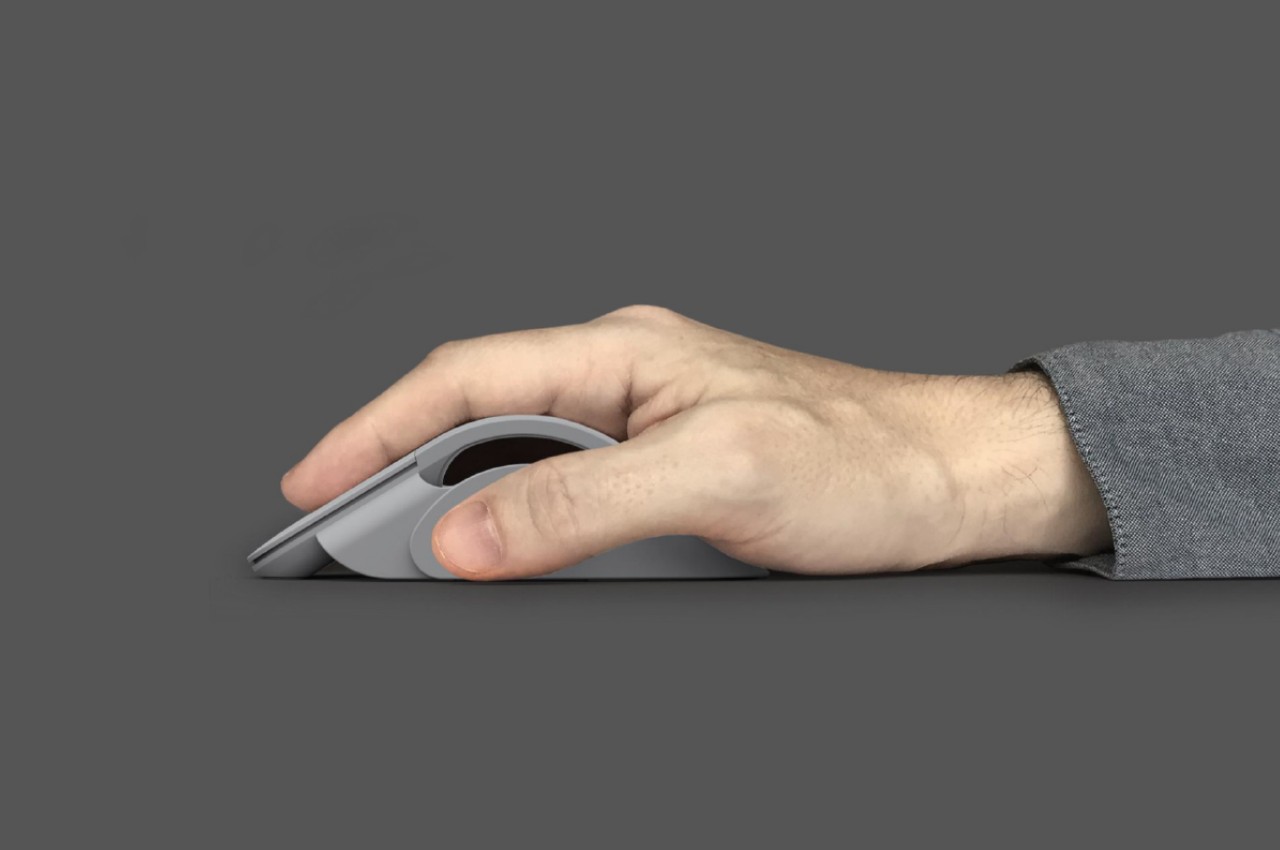
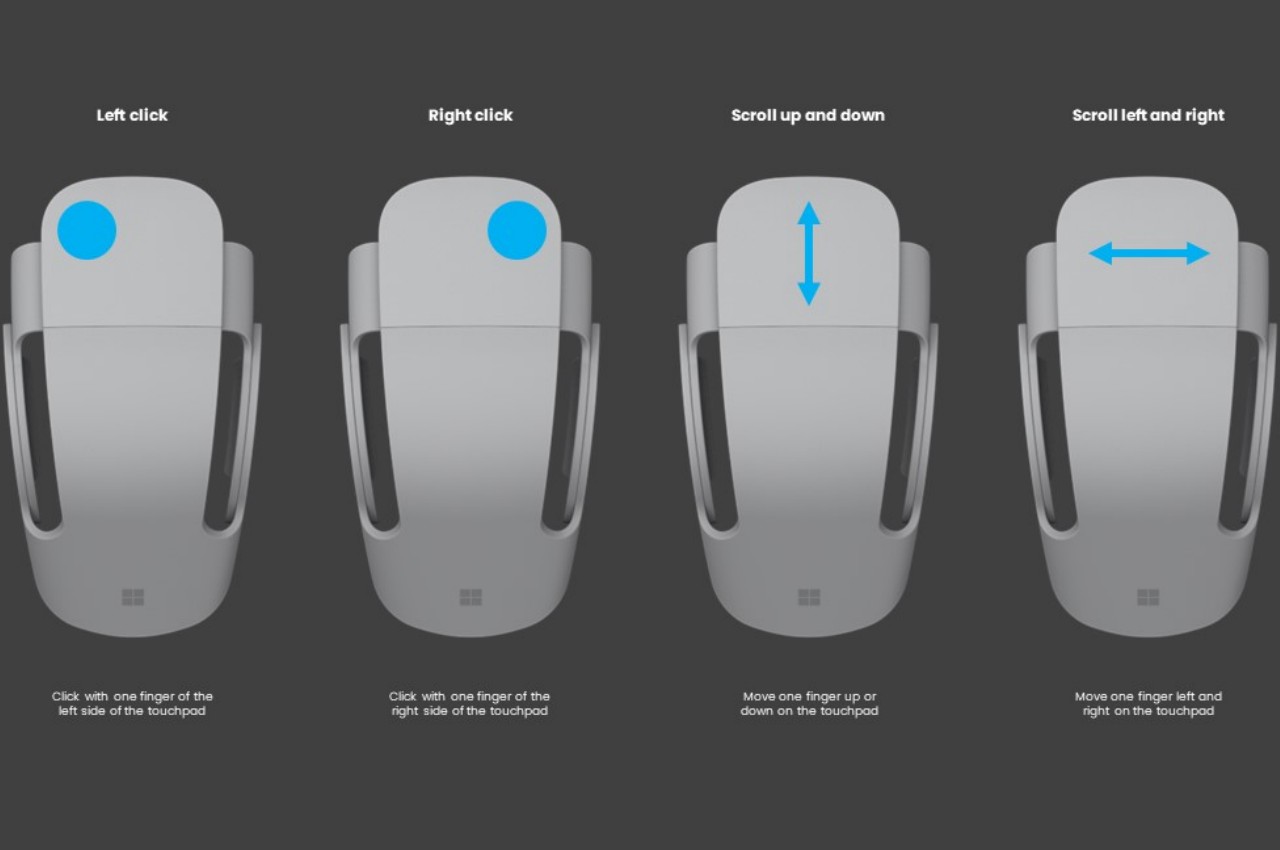
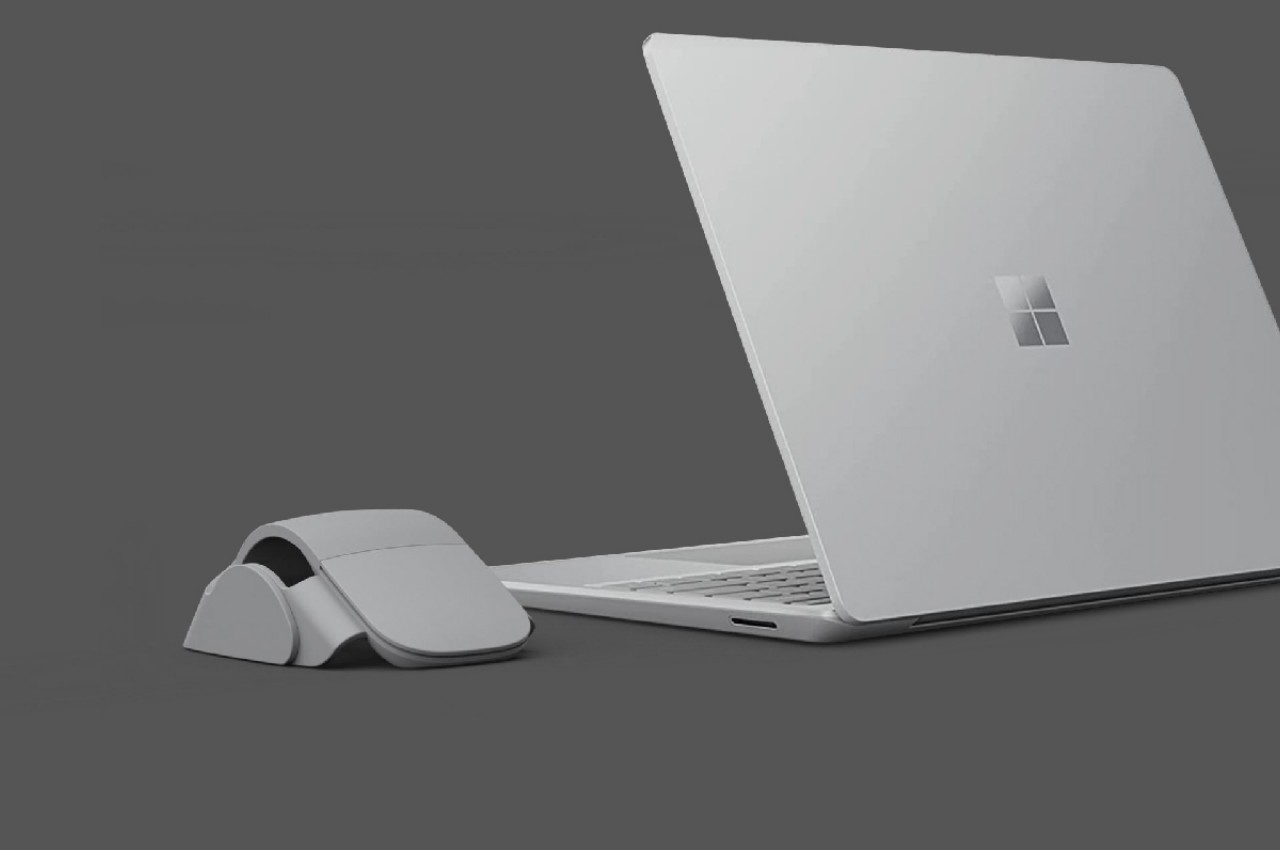
One side effect of this creative solution is that the mouse actually takes up more horizontal space when it’s flat. That said, it will still be less than the surface area of a, well, Microsoft Surface. If you have room for a laptop or tablet, you will definitely have room for a wide yet flat Microsoft-inspired Form Travel Mouse.
